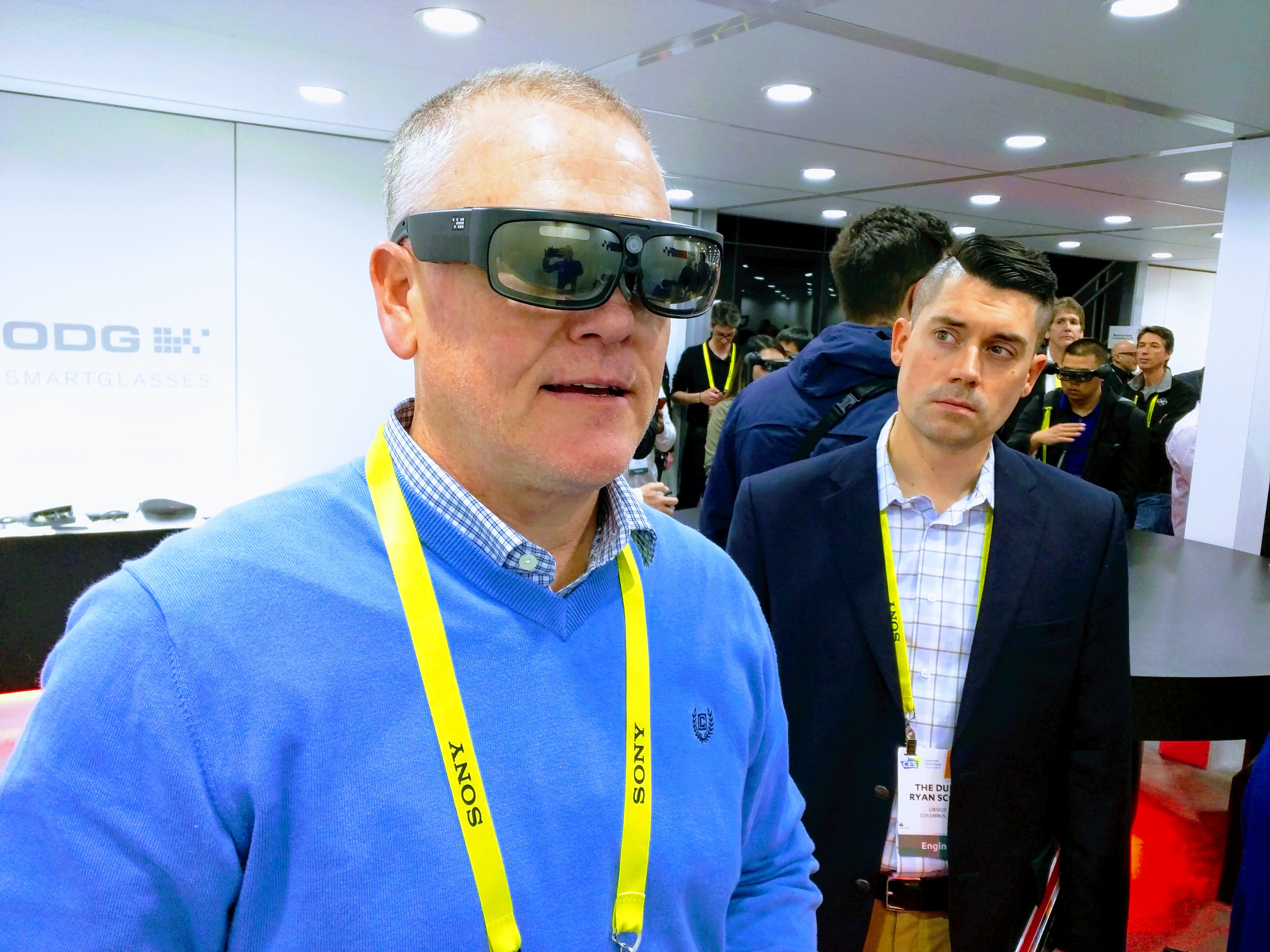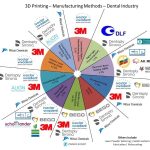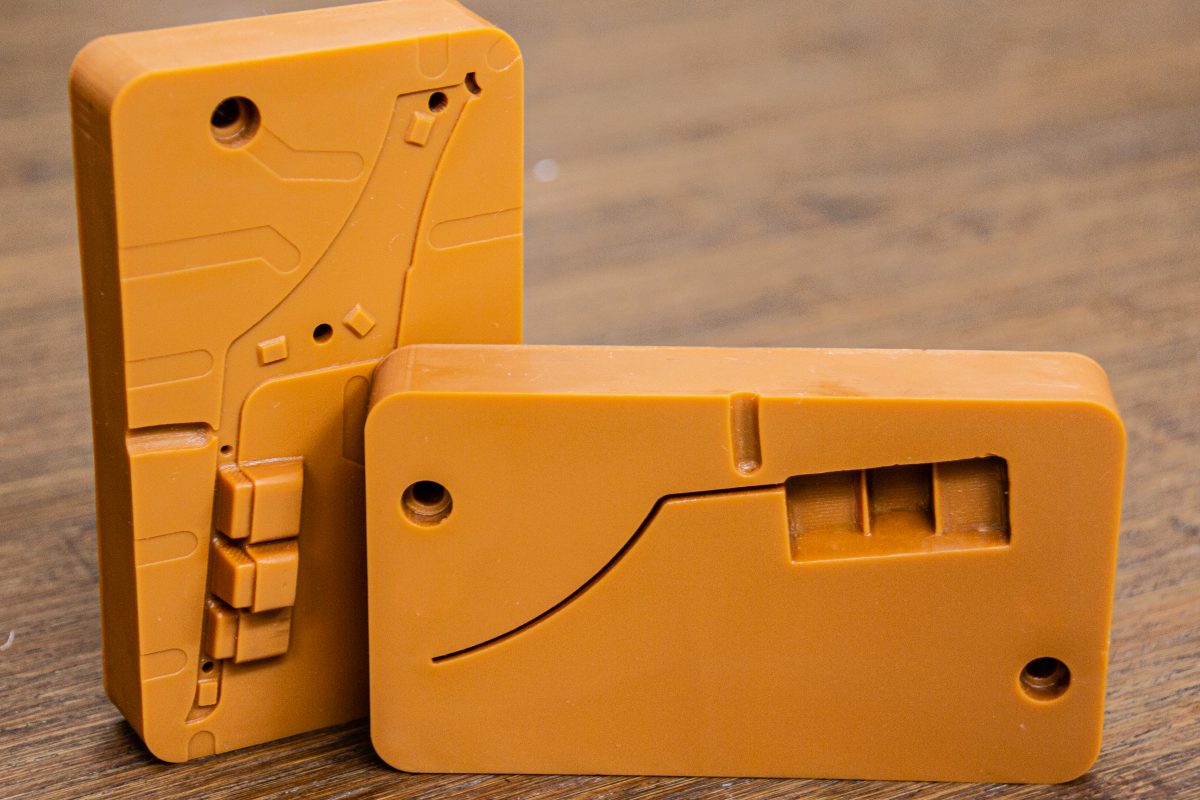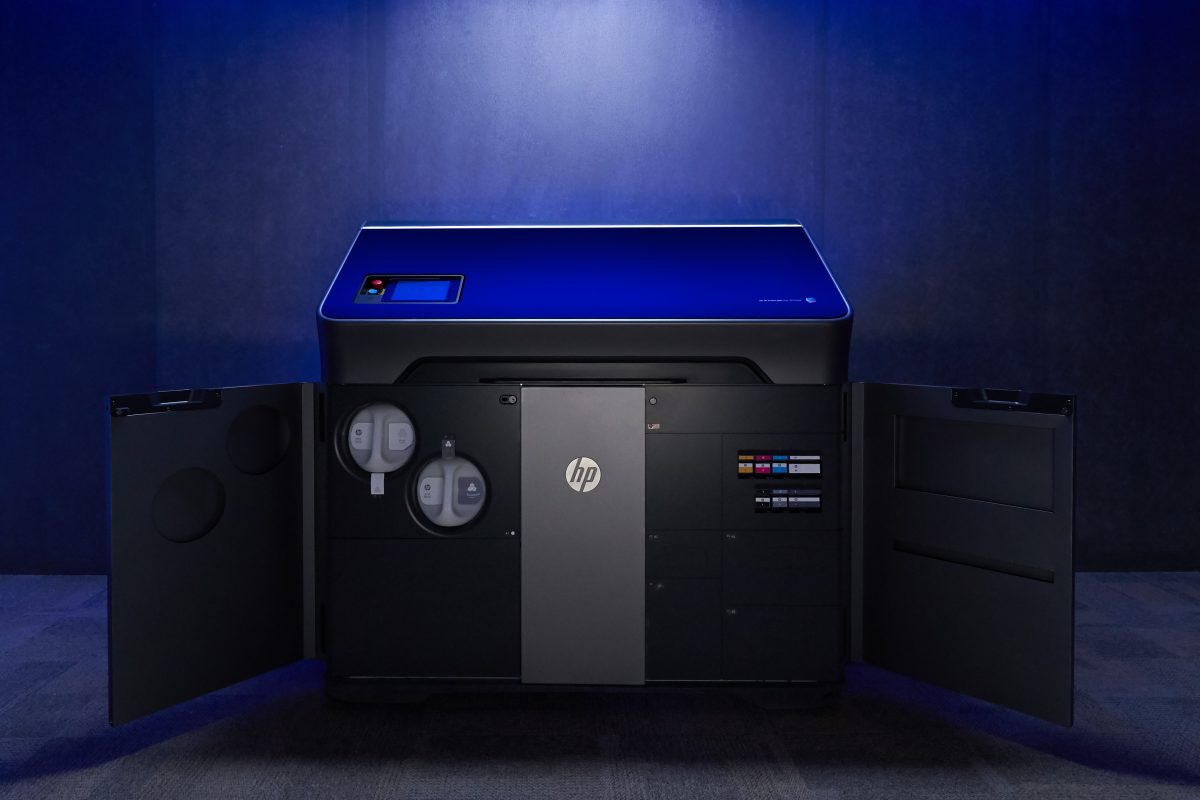Could 3D printing, artificial intelligence, and virtual reality benefit from technology convergence?
Platform Enablers
A team of Australian scientists recently announced plans to use 3D printing and virtual reality (VR) to bring a dinosaur back to life. No, it won’t actually be alive, but it will feel like it is. The team will 3D print a tactile version of the creature, and a VR experience will make the model feel real.
Also recently, a startup called Virtualitics launched a tool that combines VR withartificial intelligence (AI) to help people visualize and discover insights in big and complex data. According to the company’s CEO, Michael Amori, the solution helps users, “…visualize as many as 10 dimensions in VR/AR all via a Shared Virtual Office, which allows even untrained users to spot patterns in data that can give companies a competitive edge.”
In other news, a UK startup strapped 3D printing nozzles to robotic arms and programmed them to print large structures. To speed up the slow process, the team employed AI to analyze the objects as they were being printed. This allowed the system to detect defects and compensate for them in subsequent layers, reducing the build time by half.
AI, VR and 3D printing are among the hottest areas in technology today. They may occupy different positions on Gartner’s famous “hype cycle” curve but all three are getting significant investment and media coverage.

There’s plenty of reason to be bullish. Pundits are forecasting significant growth in all three areas. AI is expected to be a $16 billion industry by 2022 and the AR/VR market could reach a staggering $162 billion by then. The 3D printing market is no slouch either – analysts predict it could be worth $30 billion.
The above numbers are impressive enough when considered independently, but what about the economic impact on other markets? Each of the three could become a “platform enabler” – assisting other business models, providing them with capabilities that they don’t possess today. For example, contact and call centers are an $8 billion + market. The industry employs more than 3 million workers in the USA, the Philippines, and India alone. Labor makes up more than 70 percent of the cost of the average call center.
Bots, powered by AI, seem poised to eliminate a huge portion of that cost. While the disruption would eliminate millions of jobs, it would be a boon for technology providers, giving them a much larger share of the pie. No wonder investors are excited.
But what if there was a technology convergence and all three became platform enablers in the same market at the same time?
Scoping The Problem
Consider the consumer products industry for a moment. It’s a $2 trillion market. If AI were used to conceive and improve products, VR was used to foster collaboration and improve the user experience, and 3D printing was used to manufacture the resulting products, what kind of impact could it have?
It’s common to hear people say things like, “that product is so simple. Why didn’t I think of that?” While it may seem easy, the pathway from idea to execution is typically far more involved. In fact, most professionals follow a formal product development process to get from concept to sellable product.

Each step requires significant capital and labor. Could AI, VR, and 3D printing be combined to better optimize product performance and improve speed to market, while reducing the overall costs of research and development?
Remember Deep Thought from Douglas Adams’ Hitchhiker’s Guide to the Galaxy? After 7.5 million years of working on the answer to the “ultimate question of life, the universe, and everything,” it came up with “42.” Unfortunately no one knew what the question was, so they had to build another computer (Earth) to calculate the ultimate question.
One of the big advantages of AI lies in its ability to sift through and find insights in large data sets. In fact, the more data the better. But to achieve the desired outcome, the problem must be properly defined. It’s estimated that only one out of every 1,500 ideas actually becomes a product. Less than two percent of those actually become successful. Opportunity cost plays a huge role in filtering which products eventually make it to market. Risk is another big factor. If you’ve identified a problem that doesn’t actually exist, you’ll probably fail.
While AI isn’t mature enough (yet) to identify problems on its own, it can play a significant role in research. Thanks to the internet, there is an unimaginable amount of data on hand. Imagine what you might learn for instance, from the millions of searches conducted on Amazon each month. Even though the site contains over half a billion products, there are many times when customers can’t find what they’re looking for. Sometimes it’s because the product just doesn’t exist.
Another way to identify the problem is to talk with would-be users. It can be challenging though, as consumers often struggle to articulate their needs. Questions must be asked that expose the situation, the problems, and the implications. Only then will something that’s intrinsic become extrinsic.
AI driven “bots” have already become adept at asking complex, multi-level questions. Is it unfathomable that they could also be used to assist with product research?
Design, Prototyping, Production, and Distribution
To some extent, VR and 3D printing are already being employed to compress this stage of the lifecycle. CAD designs can be imported into VR software, allowing users to experience digital prototypes. Once rendered they can also be 3D printed for further optimization. But part of the challenge involves building better interfaces for VR. While platforms like Oculus Rift, HTC Vive and Playstation VR allow us to see products in a virtual setting, perception from other senses is further behind.
Better peripherals are needed for touch, taste, sound, and smell. As these come to market, they could go a long way towards improving the virtual experience. This is one of the big areas where technology can “eat its own dog food.” Using VR to develop peripherals for VR could expose opportunities for the development of other kinds of products.
Because it’s digital, the process would automatically generate data which could be consumed by AI, further improving the quality of products and the speed at which they go to market. To some degree, man is limited by his experience. If you assume the end product must be manufactured in a certain way, you design around those parameters. 3D printing removes many of the barriers. It allows designers to utilize new structures and geometry, allows them to manufacture products in smaller batches, and even allows for customization and personalization.
But why think that way if, in the end, you’re still going to mass produce?
For 3D printing to truly challenge traditional manufacturing, the quality must get better, the machines must get faster, they must be more reliable, and output must become less expensive. Is there reason to believe that at some point, whether it’s asked or not, that AI might start to attack this big, looming opportunity?
Well, to the disruptors go the spoils.
Perhaps the biggest opportunity lies in the supply chain. Mass production, packaging, shipping and redundant inventory all add significant cost to the products we consume. As we become more immersed in VR, the need for some of those physical products could disappear.
Books, movies and music have all gone digital. Is it that inconceivable that other physical products could as well?
Those that remain could benefit from a smarter supply chain. Instead of being manufactured in one location and shipped around the globe, products could be made when and where they’re needed.
One might argue that AI really isn’t needed to build out a distributed network of digital manufacturing centers. Governments and academic institutions could certainly do it now. Private enterprises are already working to make it happen. Consider UPS for a moment. They already have 3D printers in nearly 100 of their UPS Stores. They’ve also partnered with a startup to develop a production center inside their hub in Louisville, Kentucky.
But perhaps their biggest move was a collaboration with SAP to manage it all. Now they’re opening it up to other companies with the goal of “establishing and promoting 3D printing and on-demand manufacturing as an integral part of the digital manufacturing landscape.”
Could AI learn from the vast amount of data contained in the world’s largest enterprise resource planning platform? You bet. And, at what point does it go from being a user to an administrator?
Cognitive With a Big C
As far as cognitive abilities go, machine learning is still in early childhood. Some believe that for AI to truly reach its potential, it must graduate to what IBM calls, “Cognitive with a Big C.” At that point, AI can go beyond research and insight. It starts making decisions. In the context of cyber-security this could allow for self-healing systems where AI not only detects a threat, but also knows how to repair itself.
Is there reason to believe that AI could go beyond software and begin solving its own hardware problems? If AI recognizes that a digital manufacturing technology offers certain benefits, but the hardware isn’t available, could it build it? Would it have the tools?
Consider HP’s new Multi-Jet Fusion 3D printers. More than 60 of the plastic parts in the machines are themselves 3D printed. HP didn’t do it for show. They did it because 3D printing was the most economical way to produce those parts in smaller batches. Once 3D printing becomes more available and connected, AI could use it to make whatever is needed, including more advanced 3D printers.
Of course all of this conjures up some scary scenarios.
As AI migrates towards decision making, will it have our best interests in mind? Can we control it?
A recent experiment sheds some light. Google’s Deepmind AI group paired two different AI programs against each other in two different survival scenarios. In one, where cooperation was beneficial, they worked together. In another, where they were competing for resources, they became hostile.
With all three technologies, humans will spend less time working and more time managing the activity. But we’re not very efficient watchdogs.
Consider Ford’s recent work on fully autonomous driving. Self driving cars are apparently so soothing that engineers keep falling asleep. Perhaps our inability to manage AI is part of what is so troubling to luminaries like Bill Gates, Elon Musk and Stephen Hawking, causing them to issue public warnings about the technology.
Innovation around AI, VR, and 3D printing will continue to expand. They’re already being combined in new and interesting ways. At some point people will use the technologies to attack big problems and disrupt huge markets.
Consumer products are one of the largest. Is it that unthinkable that one day, the result will be a truly advanced manufacturing network? A machine-assisted (or managed) system that drives the innovation, improvement, production, and distribution of…things?
At that point, the real question becomes, will the technology serve us or will we serve it? Maybe soon, that will be the actual question of life, the universe, and everything. Time will tell.
This article also appears on Futurism.com















